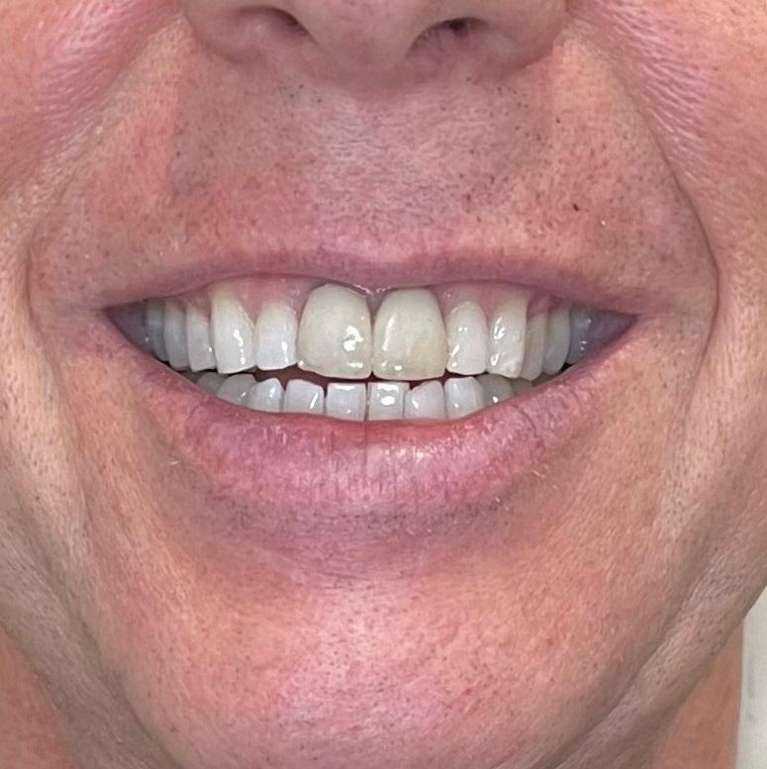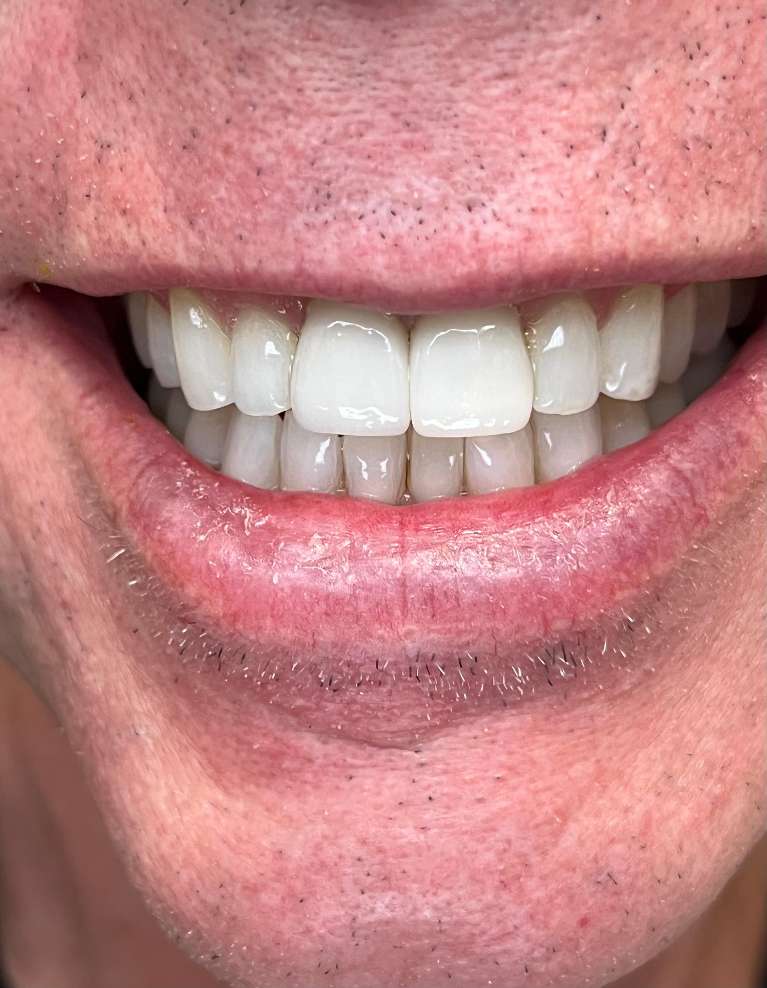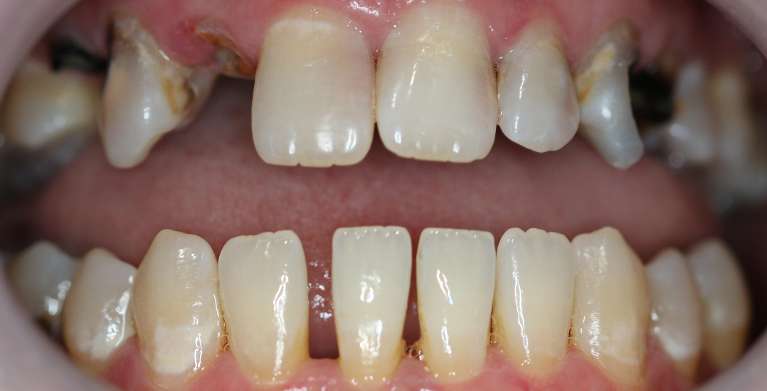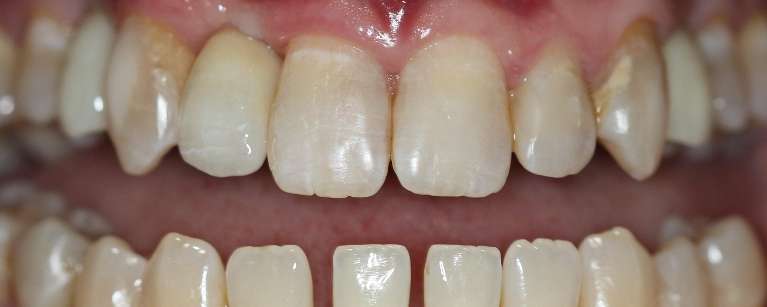
Crown & Bridge Work
A crown is a protective cap, made of ceramic, metal or a combination of both, that is cemented over a prepared tooth to provide protection from cracking and fracturing. A crown is usually required when a tooth has been considerably weakened from decay or breakage and is at risk of further fracturing under chewing forces. Very often, the tooth would have already required a very large filling or have needed root canal treatment.
Crowns can also be used to alter the shape of a tooth or hide discoloration. However, since placing a crown requires removal of tooth enamel, every case has to be carefully assessed to determine if a crown is the best solution. The health of the gums around the tooth is also important to make sure the tooth will not be lost from gum disease in the future. A radiograph of the tooth might be necessary to assess its long-term prognosis if a crown is placed.
A bridge is used to replace missing teeth. The teeth on each side of the space (the abutment teeth) have crowns placed on them. Between the two crowns are artificial teeth linked together, providing a ‘bridge’ of replacement teeth across the gap. Again, with a bridge, the abutment teeth have to be shaped down to allow crown placement. The abutment teeth have to be carefully assessed to determine if they are suitable to support a bridge. The length of the bridge must also not be excessive as this could place excessive forces on the abutment teeth, leading to their eventual failure.
What materials are crowns and bridges made of?
The materials used for crowns and bridges are:
- Ceramic: ceramic crowns and bridges can be made to mimic the natural appearance of the teeth so that after cementation, the crowned tooth is indistinguishable from the rest of the dentition. There are different types of ceramics to achieve either higher aesthetic results for front teeth or to provide greater fracture resistance for back teeth where chewing forces are higher.
- Metal alloys: crowns and bridges can be made of a gold alloy. The advantage of gold alloy crowns is that less tooth structure has to be shaved down. However, the gold colour will make the tooth stand out from the natural dentition.
- Metal-ceramic combination: In such cases, the crown or bridge is composed of a metal framework or coping, overlayed with ceramic. This combines the flexural strength of a metal alloy with the aesthetic advantages of ceramic. Metal-ceramic is mostly used for bridges where higher flexural strength is required.
Implant supported crown and bridge
Crowns and bridges can also be placed on implant fixtures placed in the jaw bone if teeth have been lost. Read more about implant crowns or bridges here
Frequently Asked Questions
Our Team
-

Dr. Christine Yew BDS (U. of Melbourne), BSc (McGill U.)
School/Training
Dr Yew has over 20 years of experience in dentistry, graduating with Honours from the University of Melbourne in 2001.
Dr Yew is registered with AHPRA (the Australian Health Professional Regulation ...
Read More








